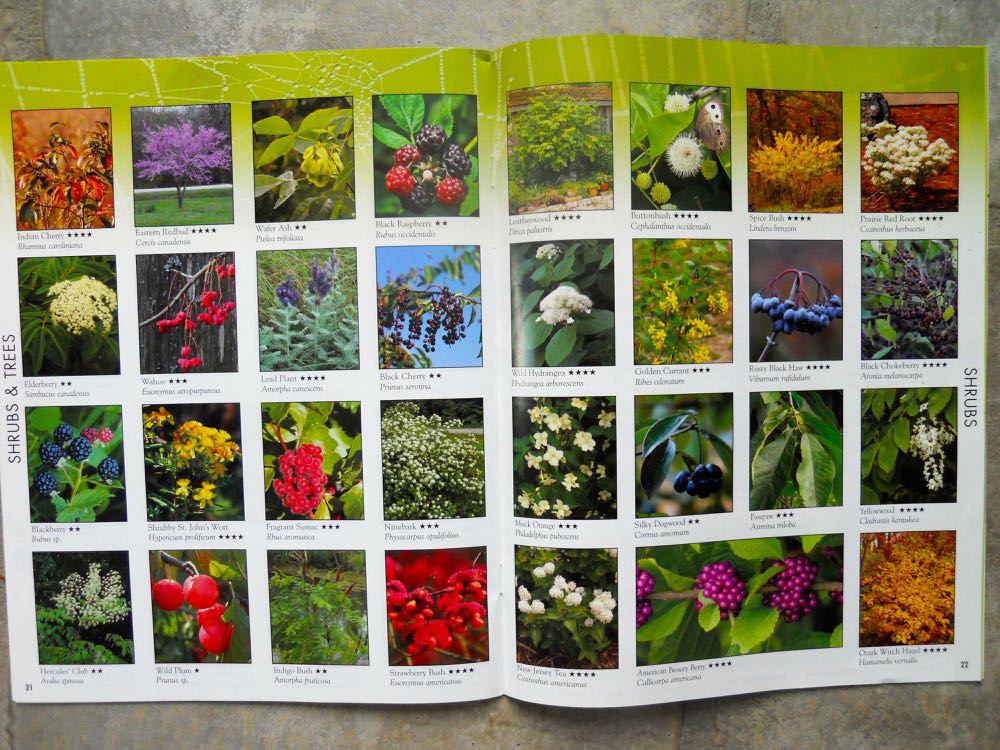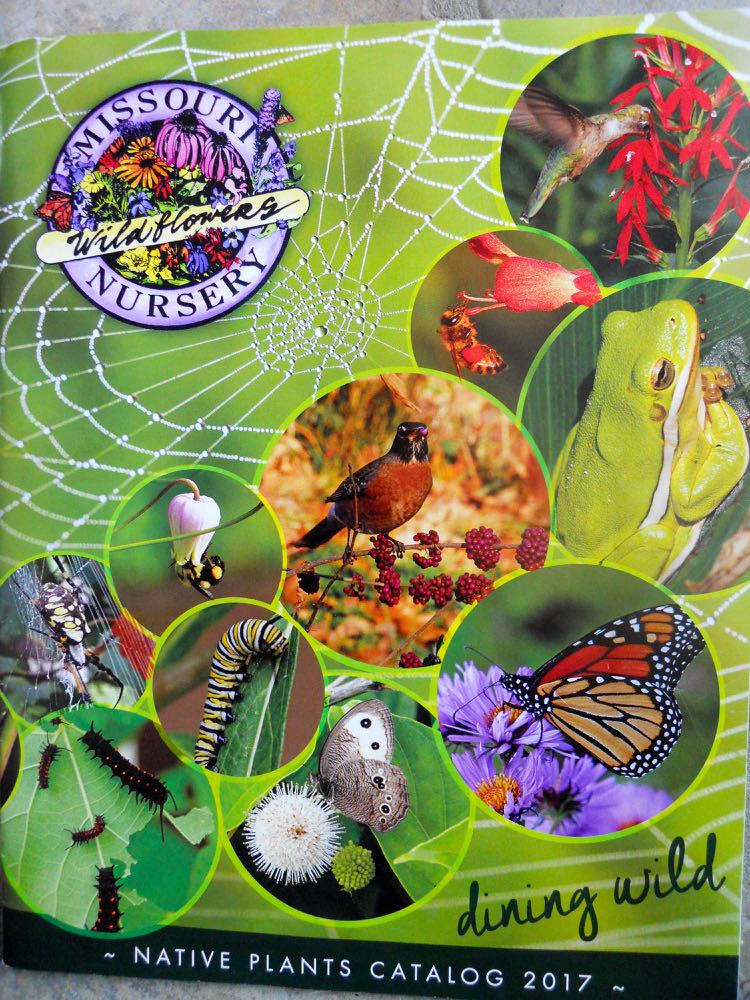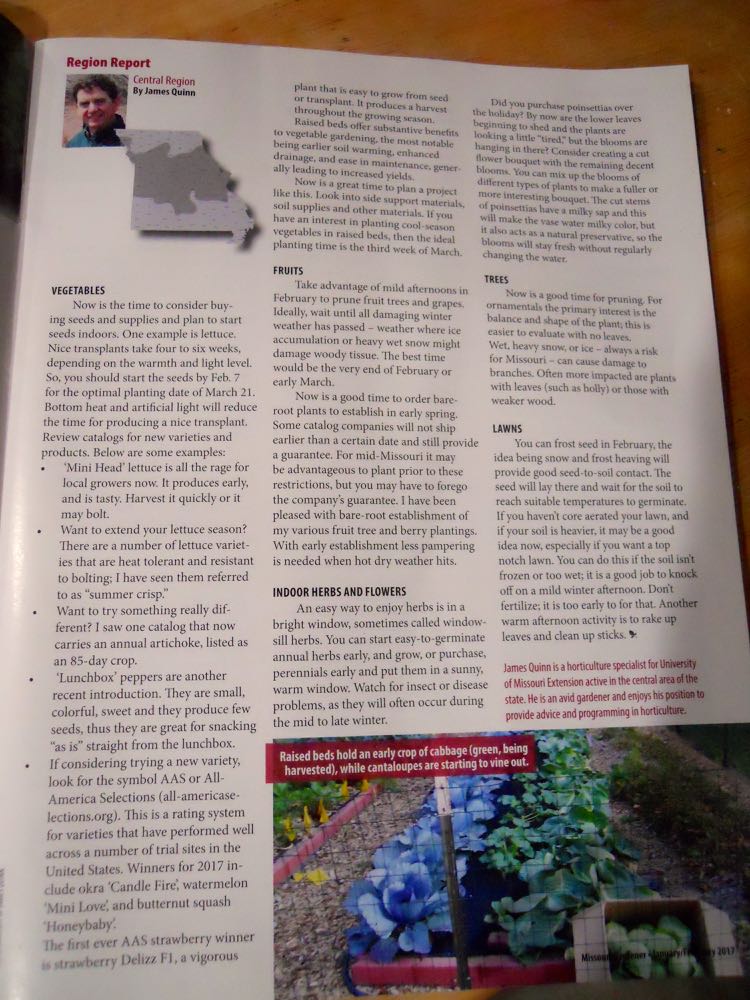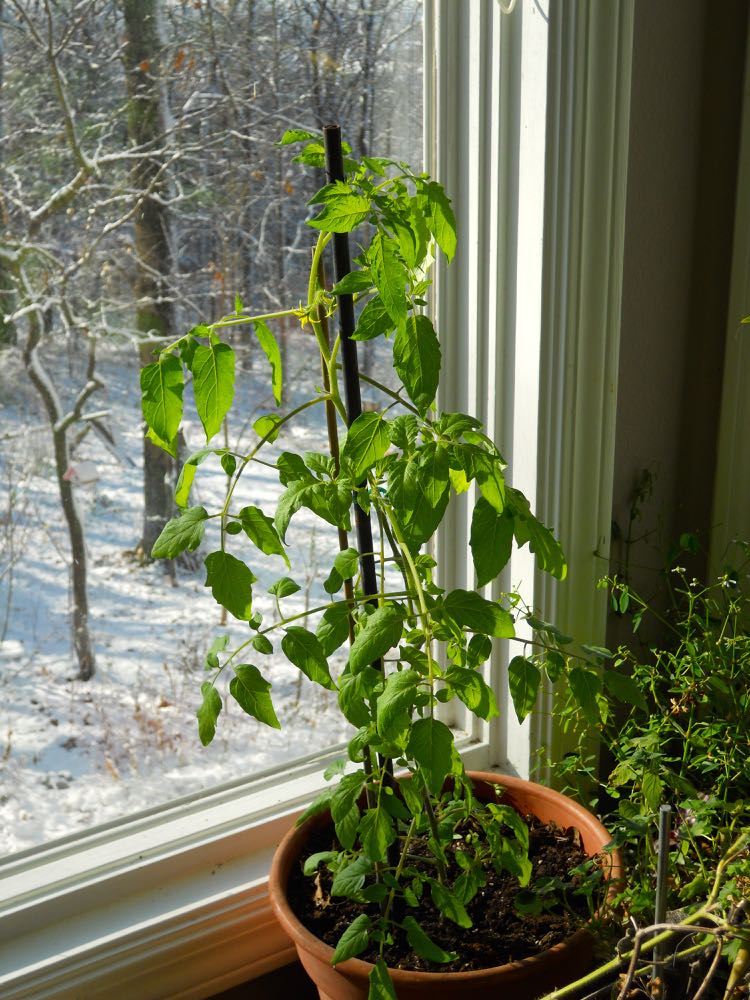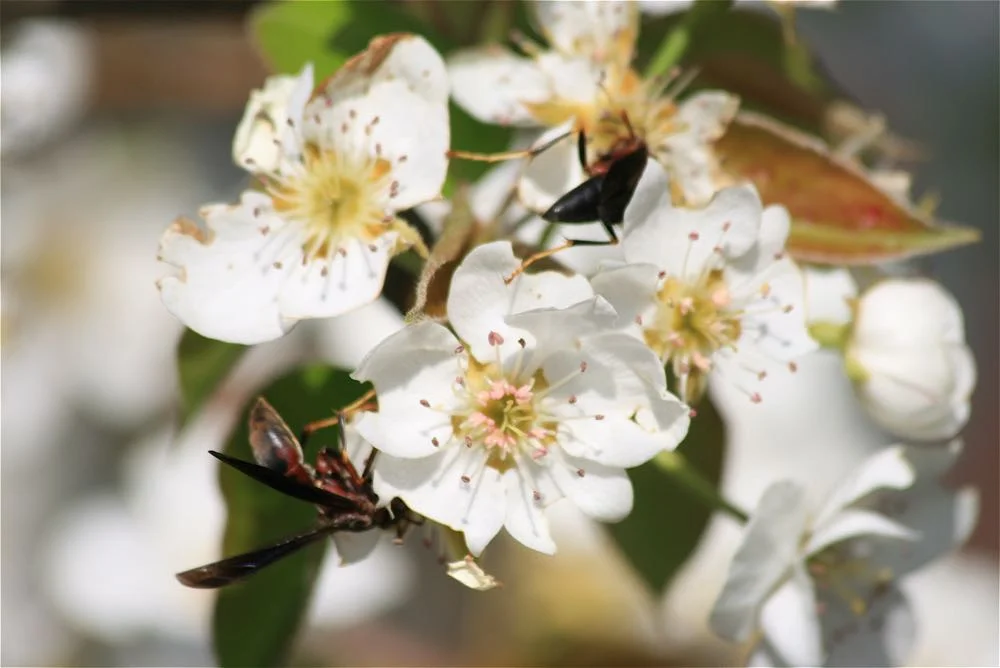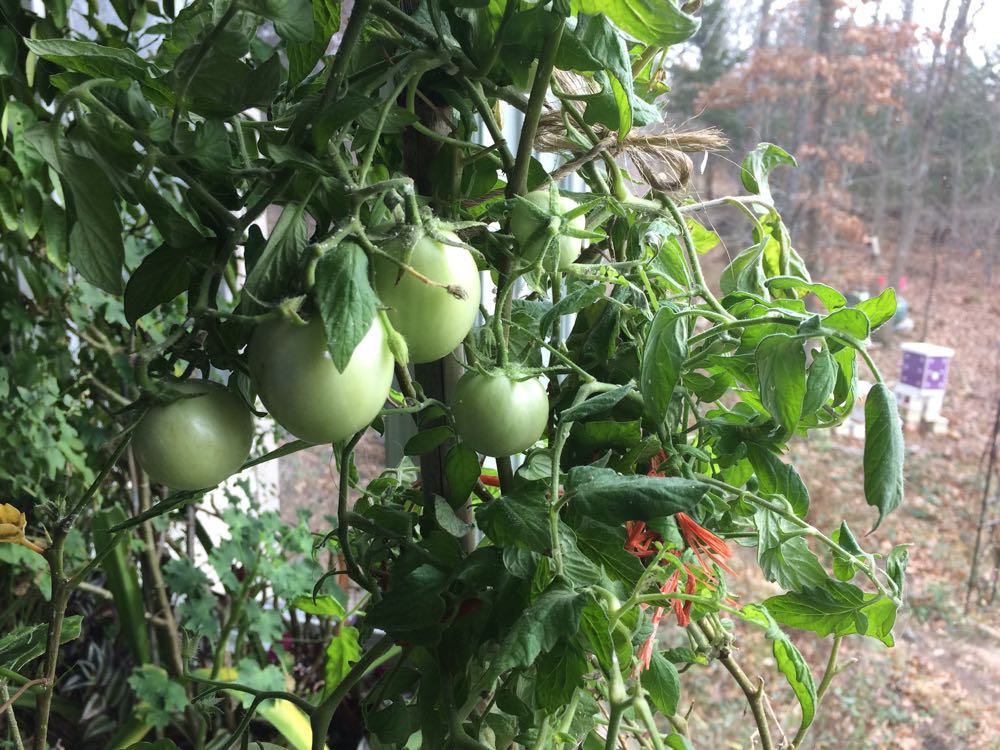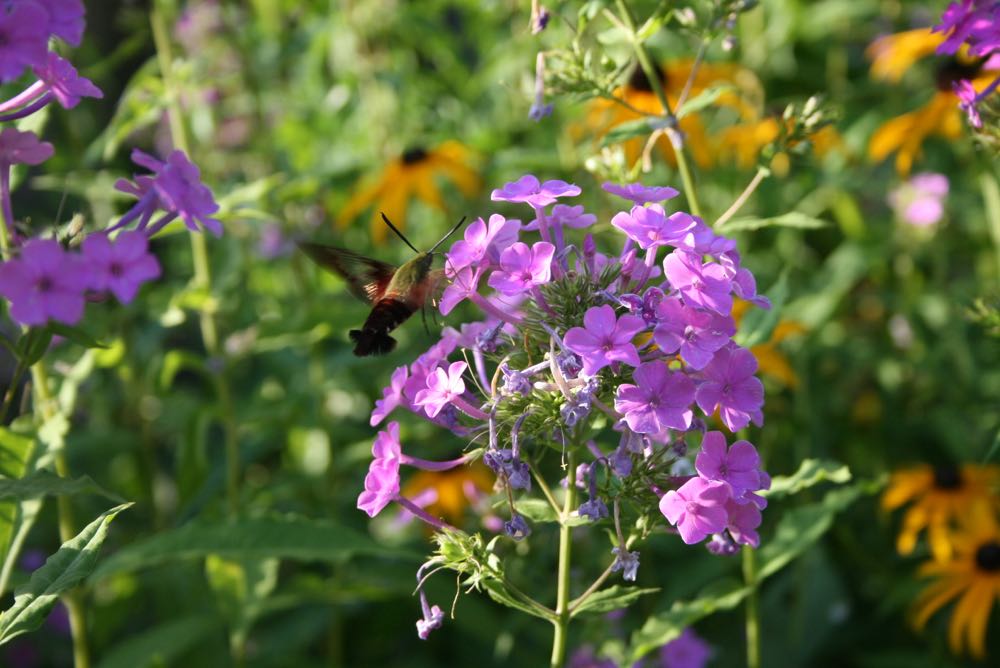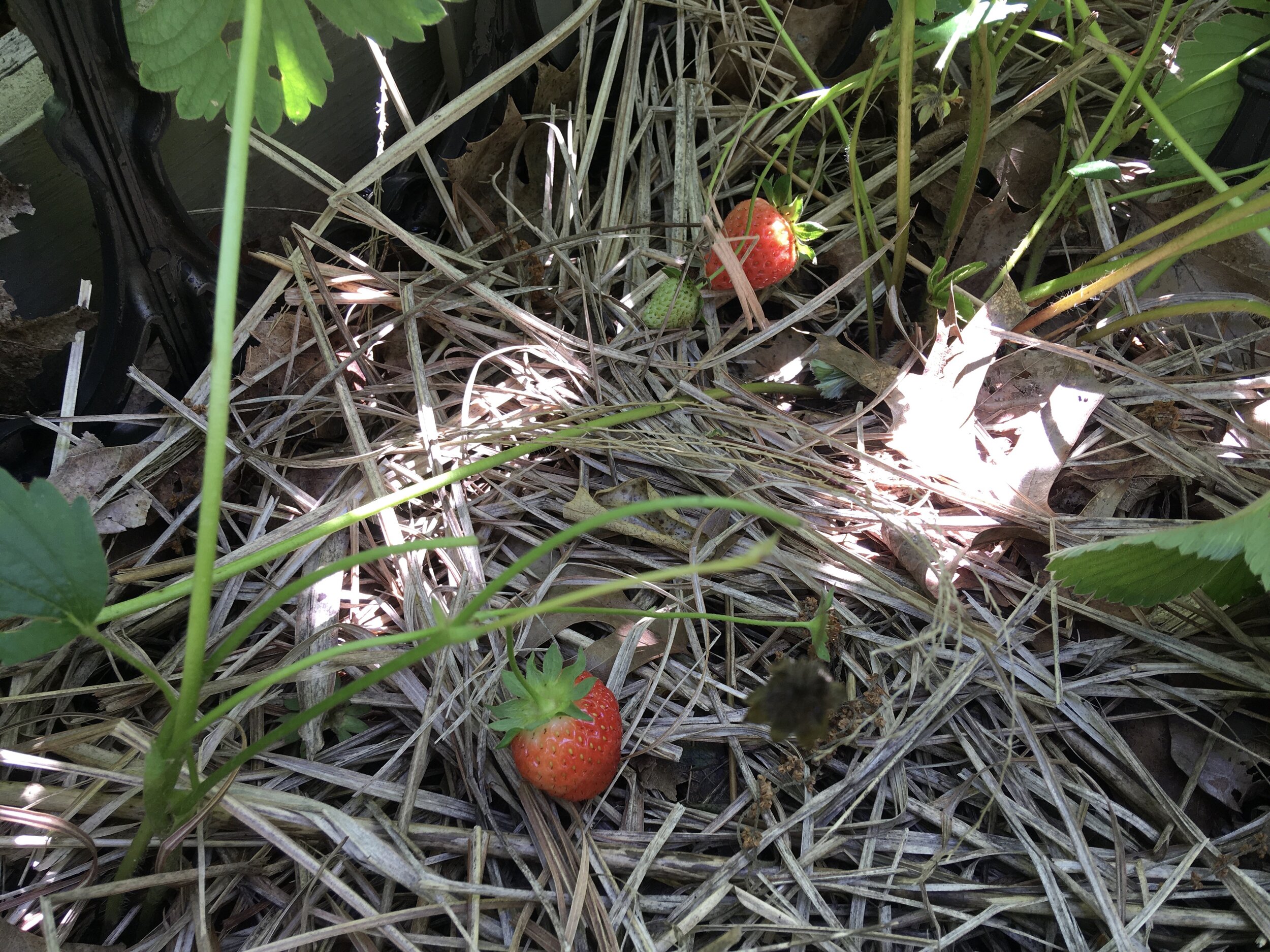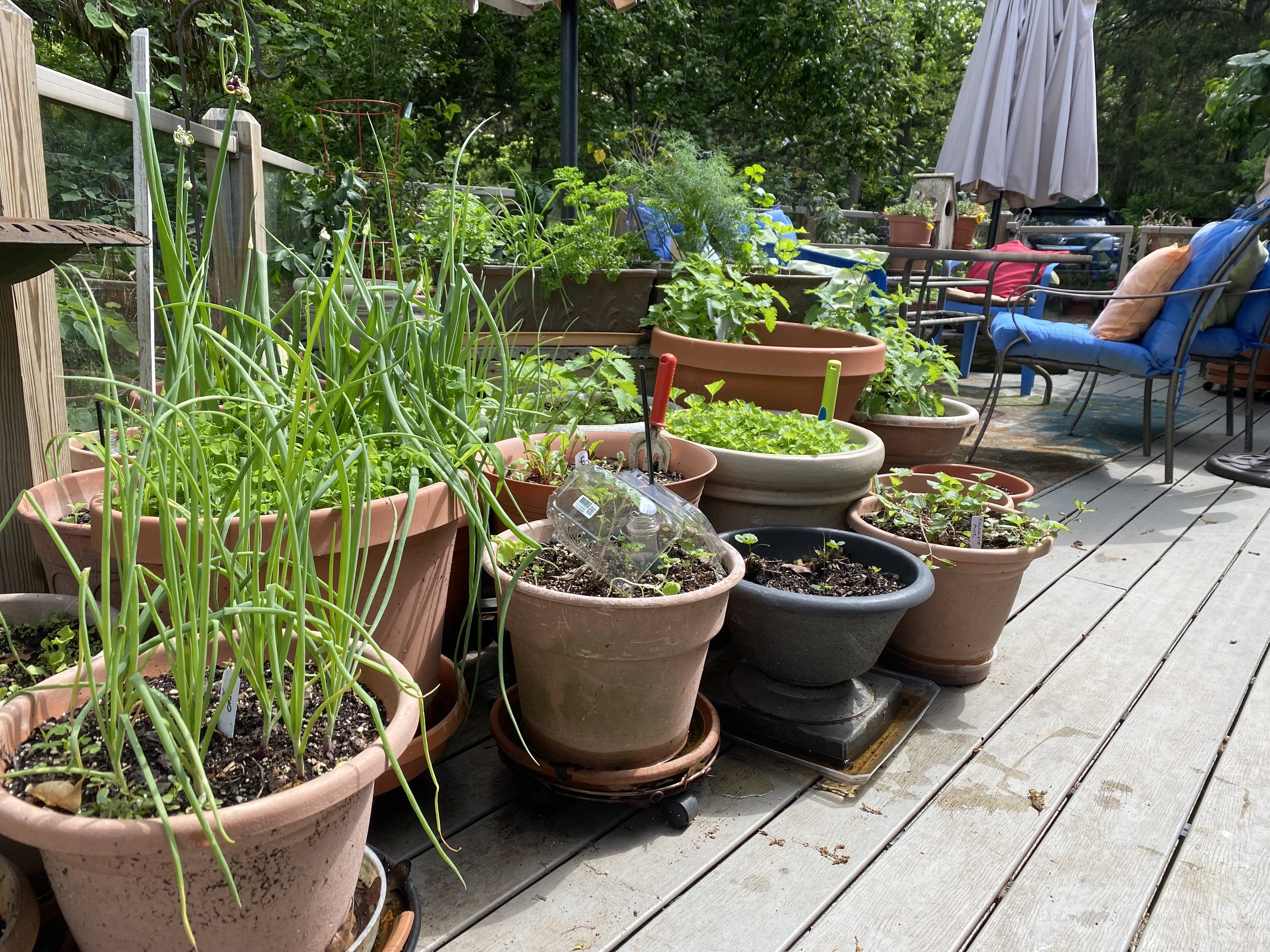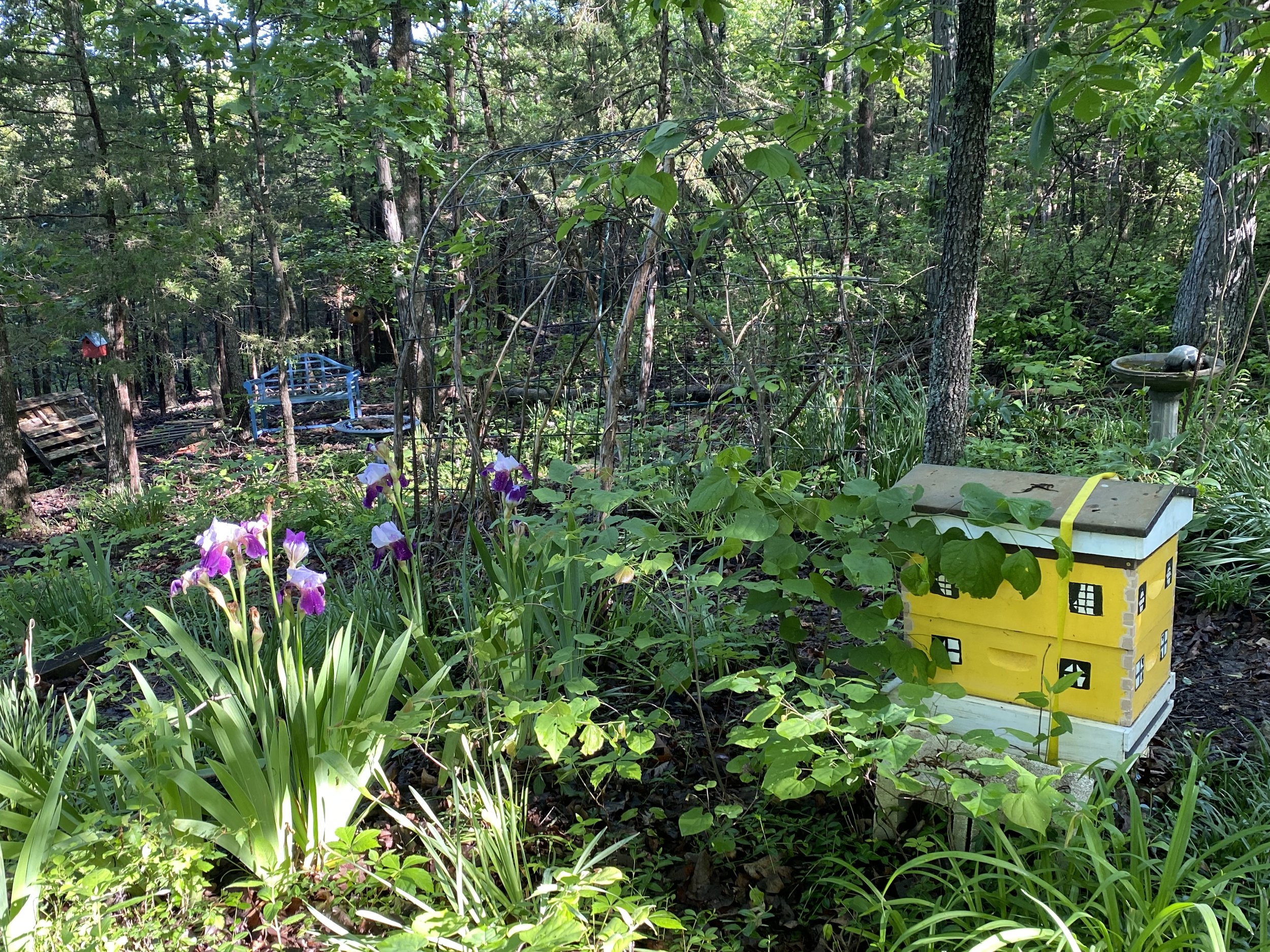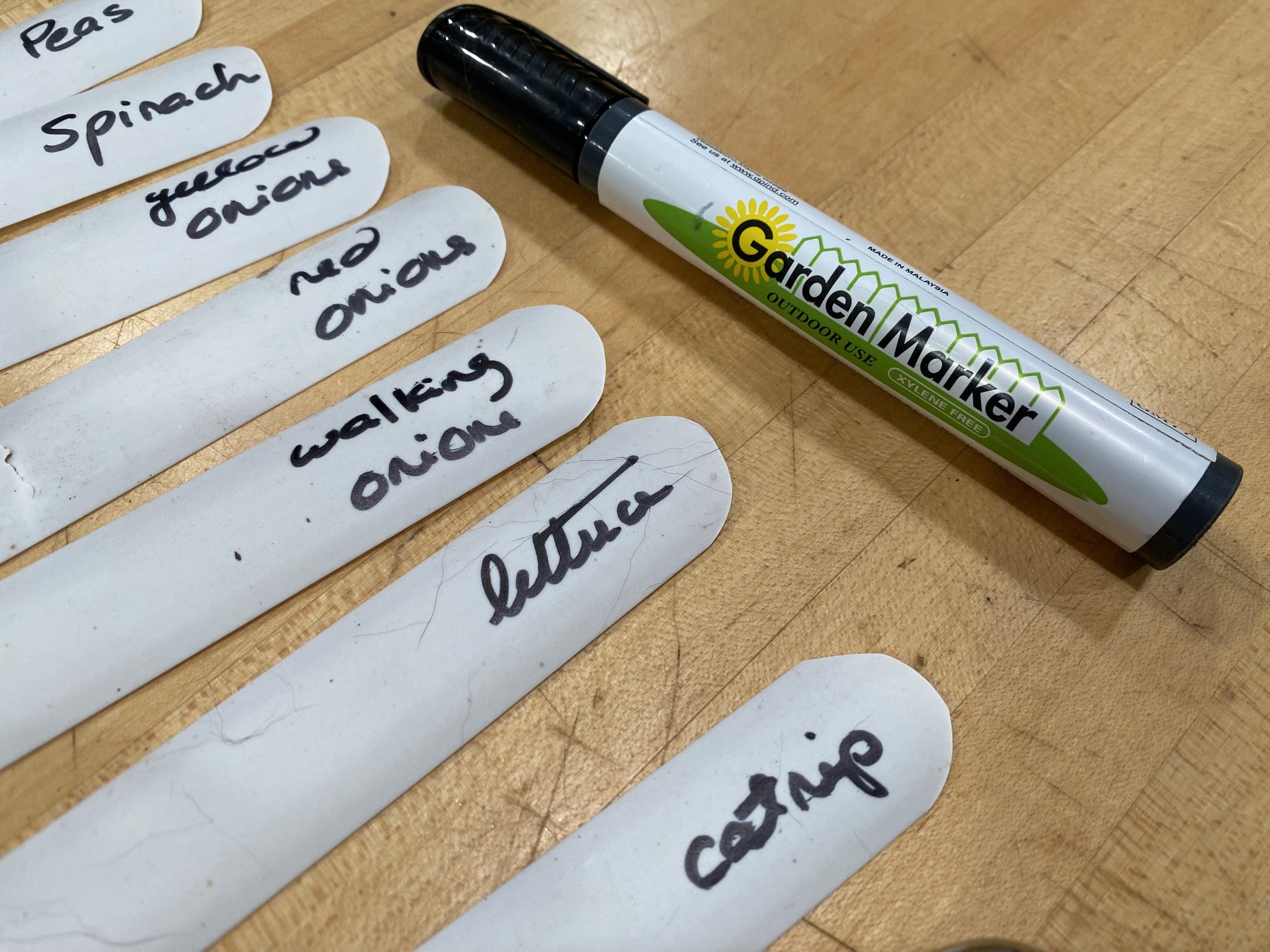Favorite Wildflowers Catalog
/Aren't these lovely Missouri wildflowers photo? And they include growing suggestions, too!
Favorite Wildflowers Catalog
It's that time of year when I go through my old gardening catalogs and decide which ones I want to re-order. My garden is still snow-covered and we're actually hearing the term "bomb cyclone" in the forecast, it's enough to make me want to hide in the colorful gardening catalog pages.
One of my favorites - there is absolutely no doubt about this catalog, I have it hole punched and part of my gardening diary - my favorite gardening catalog and one of the best references for Missouri native plants and wildflowers is this particular catalog.
Just look at those wonderful pictures, don't they make you want to walk through that garden and plant everything on those pages?
I have most of the native plants already in my garden, some from starts from this nursery although I am waiting to finish preparing the appropriate planting beds for the ones I still don't have. I want to add rose verbena this year to several existing flower beds, just love the way those plants grow. And who doesn't love that lovely lavender color?
The wildflowers have a little rating system with the stars that denotes good for formal locations.
This marvelous catalog is from Missouri Wildflowers Nursery in Jefferson City. The star rating system is handy for people who want native plants for more "formal" landscaping. That means they will behave in a flower bed as opposed to native plants that are downright unruly, in this rating system the one-star plants:
"One star plants are often desired for their wildlife or plant community value, but not for the front yard. They are usually tall. It takes serious creativity to find a place for them in a formal situation."
Our local chamber of commerce used to have a native wildflower garden at the entrance of the visitor center but ended up removing it after "unruly" plants started to grow. Visitors loved the native plant beds but the staff thought it looked messy.
Don't worry, I moved my share of native plants from there to my gardens.
The shrub section is even more colorful, look at all of the wonderful shrub varieties!
And speaking of finding the right place, I have a generous list of shrubs I want to add to my landscape if I can just find the best place to put them. At the head of my list, buttonbush, which is a wonderful bee pollen and nectar shrub.
Over the years I have been adding elderberries and they are doing well on my limestone hillside garden.
So here's the next one I want to try to plant, buttonbush, a great plant for bee pollen and nectar.
And their handy price list and selection guide has a nice summary of best planting conditions along with the star rating system, all conveniently in one place so one can place the order and refer to the critical information.
My favorite is the little column at the right side of the left page which tells me what pollinators are attracted to each plant variety.
The detailed planting guide is a great reference, too, I check that before I plant any wildflowers.
In case you don't know where to start, this catalog also has suggested plant groupings for hummingbirds, bees, birds, butterflies, rain gardens, forest wildflowers, prairie plants and glade plantings. Each grouping of 10 plants covers about 25 square feet and can be ordered as seedlings.
The Missouri Wildflowers Nursery 2018 catalog will be available February 2018.
For those of you who visit the nursery, you can recycle your plastic pots there:
Missouri Wildflowers Nursery, 9814 Pleasant Hill Road, Jefferson City, Mo. You can reach them at mowildflrs@socket.net and by calling (573) 496-3492.
Tell Pamela I sent you!
Charlotte



